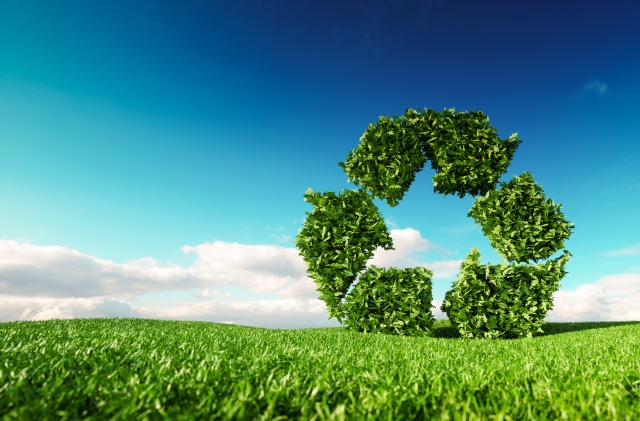Environment
Environmental Policy of the Daikin Group
As a member of the Daikin Group, Nippon Muki upholds its commitment to environmental initiatives, aligned with the principles outlined in the Group's Environmental Policy.
ISO14001
Nippon Muki has acquired environmental ISO certification as a member of the Daikin Group.
Nippon Muki’s Environmental Initiatives
Prevention of Global Warming: Carbon Neutral
■ Environmental Vision 2050
Daikin has crafted "Environmental Vision 2050" with a target of reducing greenhouse gas emissions to net zero by 2050.
We are committed to reducing our own CO2 emissions by embracing energy conversion and streamlining lead times. We also try to help reduce CO2 emissions across society by introducing eco-conscious products that consider their entire life cycle from the design and development phase.

Effective Resource Utilization
■ Waste volume reduction
- Our focus is on reducing waste generation through measures such as improving yields and refining manufacturing processes. We are also committed to recycling and reusing waste effectively.
- Our goal is to increase resource efficiency and reduce environmental impact. This is achieved by reducing the size and weight of products at the design and development stages.
■ Reduction of water consumption
- We are committed to maximizing the use of water resources, including initiatives such as the recycling of cooling water used in the manufacturing process.
- Our efforts are focused on preserving the aquatic environment through the treatment of wastewater from production activities and the appropriate management of water quality.

Management of Chemical Substances
■ Green procurement guidelines
We work together with our business partners to reduce the environmental impact of our products throughout their lifecycle from the procurement of materials and components, through processing, assembly, transportation, use and disposal. Our aim is to market products that have a smaller environmental footprint.

Communication
■ Exchanges with local communities
As a member of the local community, we actively engage with residents through various initiatives with the goal of becoming a factory that not only understands the community, but also actively contributes to it.

